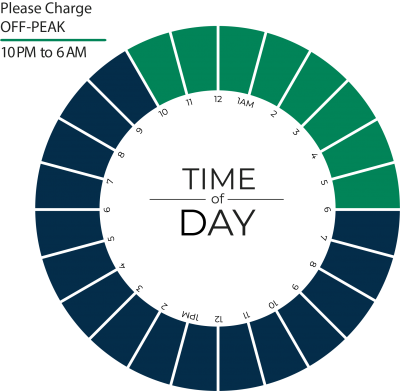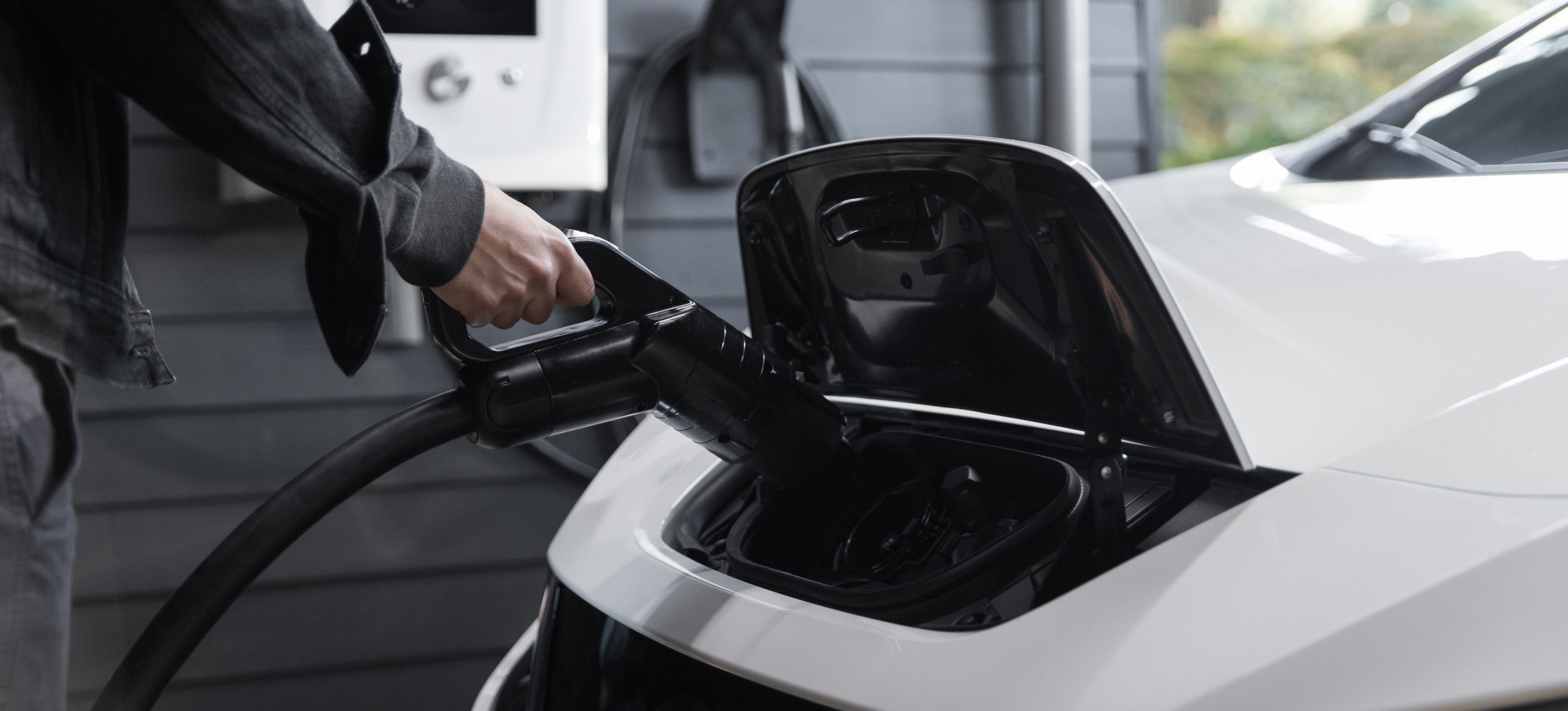3888 Stillwell Beckett Rd Oxford, OH 45056
Electric Vehicles
Compare your gas vehicle to an EV.
Electric vehicles (EVs) are a growing market for new car purchases with more and more people making the switch from the gas station to an electrical outlet to fuel their vehicles.
You’ve probably heard how good EVs are for the environment. While this makes you feel good about your upcoming purchase, you may still be on the fence about going electric. Keep reading for a few other great benefits of EV ownership that may help you with your decision.
Charging Your Electric Vehicle
When charging your vehicle at home, we ask that you charge it off-peak — from 10 p.m. to 6 a.m — if possible. With many current models, you can plug in your vehicle when you get home and schedule the charger to hold off on charging until off-peak hours.
- The use of EV chargers causes a spike in electricity demand; and if used during the "peak" daytime hours, can significantly increase electric costs for the cooperative and members.
- A typical electric vehicle can require a power draw of up to 20 kilowatts for a Level 2 charging event, equivalent to the peak power requirement of three to four mid-sized homes.
- Transformer and circuit overloads, both on the primary and secondary sides of the meter, are possible if charging loads are not properly handled.
Off-peak charging of EVs will enable members to enjoy the benefits of electric vehicles and avoid rate increases to all members caused by on-peak charging.



